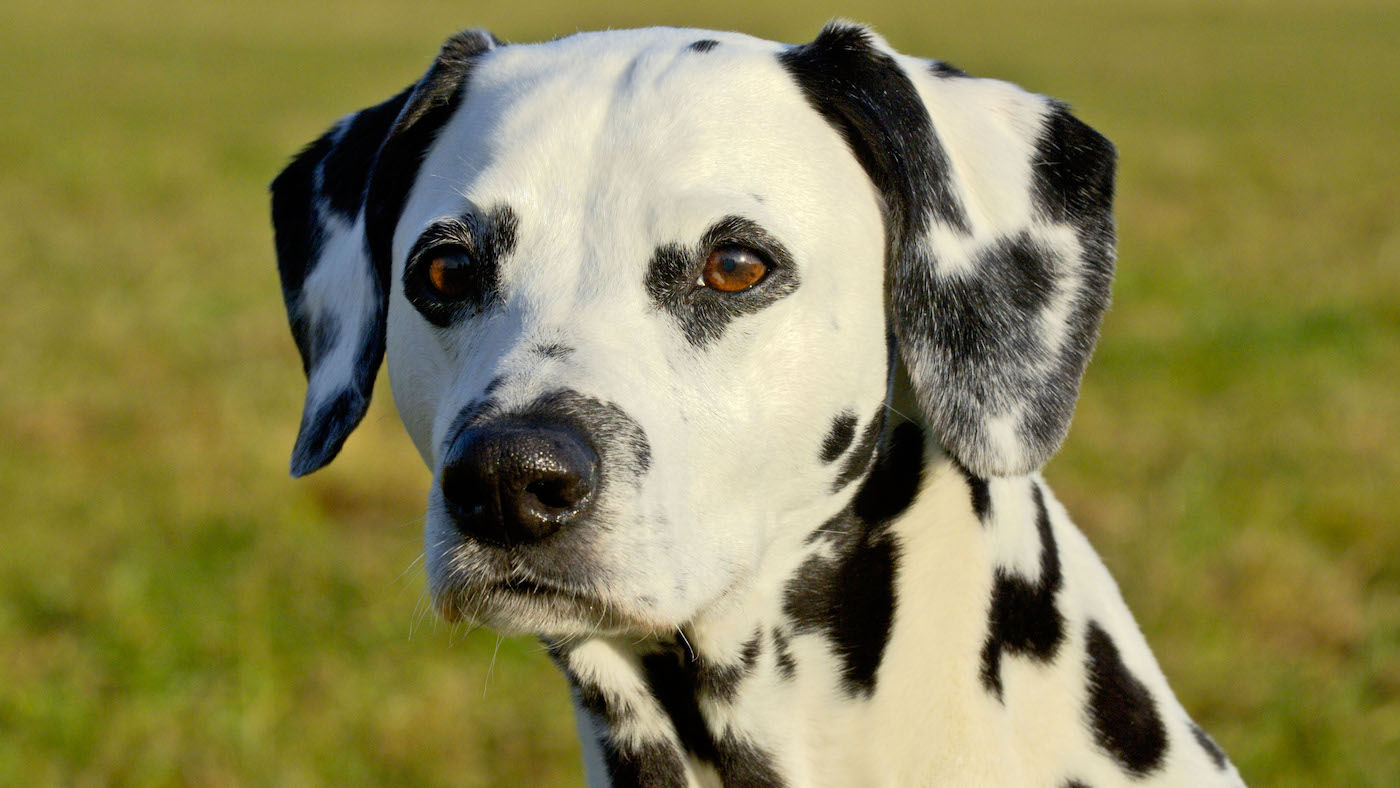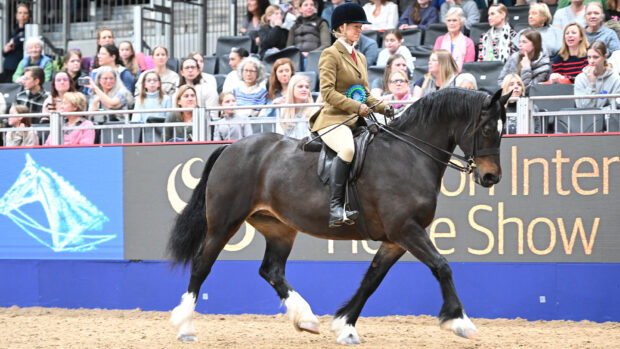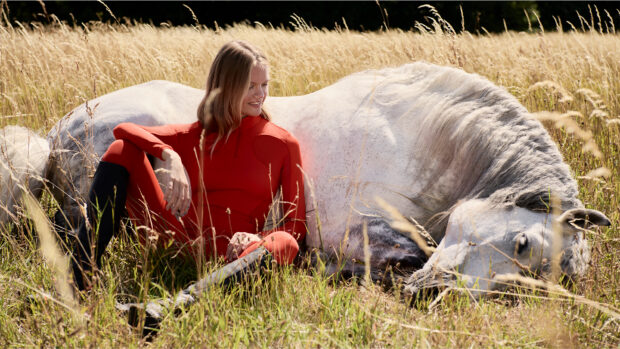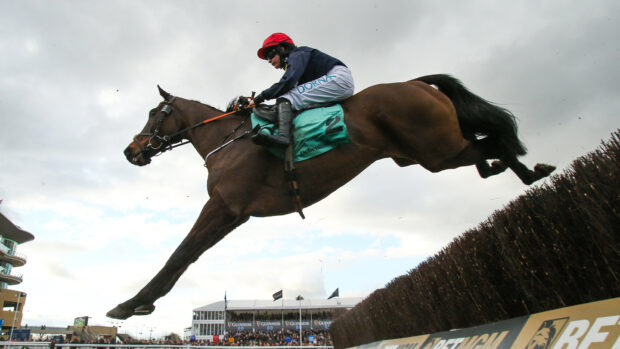You might expect the Dalmatian dog to have originated on the Dalmatian coast in what is now Croatia, but its recorded history is vague. In truth, we don’t really know how and where these dotted dogs emerged. They have the build of a Weimaraner or pointer, but while some of these breeds have ticking, none have the unique spots of the Dalmatian.
What we do know is that these distinctive spotted dogs were a status symbol in Regency times in Britain, where they would trot alongside horse-drawn carriages, earning them the name the Spotted Coach Dog – the only carriage dog in the world. In the late 18th century, similar spotted dogs were called the Talbot Dog, but Thomas Bewick – a renowned wood engraver and artist who depicted the dogs of that era – named them the Dalmatian (despite the fact that there weren’t spotted dogs in Dalmatia at that time).
Their job as coach dogs puts them in the category of utility dog, as they were bred for a specific function that isn’t related to sport or work. And they have had many roles through history. As well as accompanying carriages, they would guard the stables at night, and run ahead of horse-drawn fire engines to clear the route, while also creating a calming presence for the horses in the face of the blaze. Their eye-catching coats have seen them perform in the circus, too. And, with their equable and outgoing temperaments, they also make great pets.

Dalmatian: fact file
Kennel Club breed group: utility
Size: large
Daily exercise: more than two hours
Coat: short, shedding
Colours: white with either black or liver spots
Lifespan: more than 12 years
Bark: occasional. Some say they are the ideal in this regard as they tend to bark only when there’s a doorbell or intruder. Of course, it’s down to the individual, and some may bark more because they are bored, anxious or lonely, but generally they only bark when they need to.
Distinctive features: spots! These spots should be small – around the size of a coin – and not patches. Fun fact: Dalmatians are born solid white, with the spots emerging from two weeks old.
Physically, the Dalmatian is an athletic, extremely well balanced dog, capable of great endurance and speed, given it was expected to keep up with trotting horses over long distances.
They are known for their “smile”, where they reveal all their teeth. Is it a snarl or a smile? It’s due to a disconnected reflex due to them having extra facial muscles, and while it may look aggressive it rarely is. If accompanied by a wagging tail, it’s a happy face.
Temperament: outgoing and friendly, not shy or hestitant, free from nervousness or aggression.
Things to consider: deafness is more prevalent in Dalmatians than other breeds and are also more likely to suffer bladder stones – it is thought that both these conditions are genetically linked to the same gene that gives them their unique colouring.
A Dalmatian’s energy levels are seriously high and so he needs a home where he can play, run and be active for long periods every day. Consider carefully whether you can really provide this level of energetic commitment.
The Dalmatian’s wonderfully symmetrical and balanced body can bely the fact that this is a large dog. So make sure he has one of the best big dog beds to relax after his hours of daily exercise.
Training: as befits a dog that is bred to run alongside a horse, Dalmatians are high-energy and require plenty of exercise and stimulation. They are sensitive and intelligent, and will thrive on rewards-based training – stock up with the best training treats – and building a good bond with their handler. They can have a stubborn streak, so train with very short, regular sessions to build up confidence and success.

Dalmation Training Vol 1 | Amazon
This first book in a series of three contains everything you need to know about training a Dalmation puppy. The second and third editions cover training the adult Dalmation, along with health, nutrition and care.
You may also enjoy reading…

All about the Hungarian Vizsla

Is extinction likely for some British dog breeds? Here are the 35 listed as vulnerable

How much exercise does a dog need?

Why gundog breeds are the most popular canine group of all, even if many of them will never see a shoot

Subscribe to Horse & Hound magazine today – and enjoy unlimited website access all year round




